Pics of my pressed wood computer desks!
jayjay_teacher
15 years ago
Related Stories
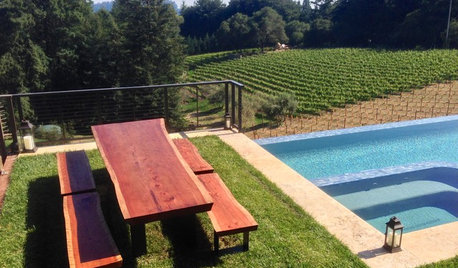
WORKING WITH PROSHow to Commission Custom Wood Furnishings
Can't find just the right table, shelf, desk or what have you? It's woodworkers to the rescue
Full Story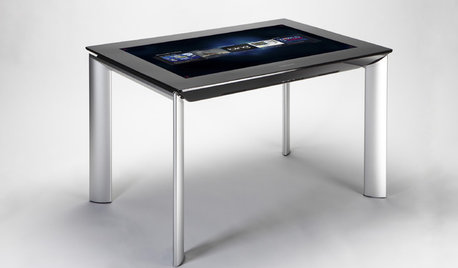
MOST POPULARGet Ready for the Smart Coffee Table
Intelligent tables with touch screens are reaching the consumer market, with all the power of personal computers and more
Full Story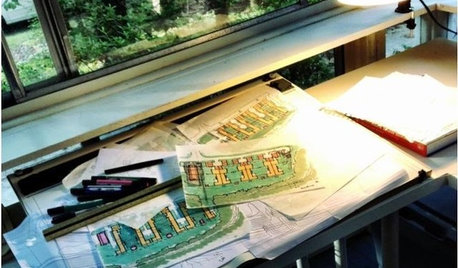
HOME OFFICESArchitects, Show Us: What's on Your Desk Right Now?
We'd love a peek at where your design ideas are brewing today
Full Story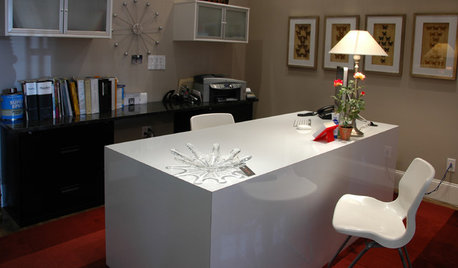
HOME OFFICESExpert Talk: 11 Desk Designs That Really Work It
Boring or inadequate desks don't cut it for productivity in a home office. File these desk designs and expert insight under "To Do"
Full Story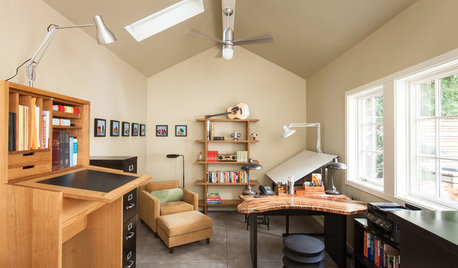
HOME OFFICESHealthy Home: 8 Ways to Add a Standing Desk
Check out these options for doing less sitting during your screen, work and craft time
Full Story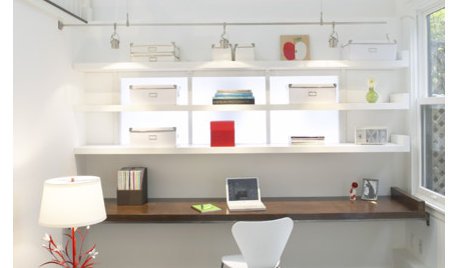
HOME OFFICESA Desk for Every Home Office
To keep your work energized, a great desk is key. One of these 17 styles — from modern to vintage, sleek to salvaged — will work beautifully
Full Story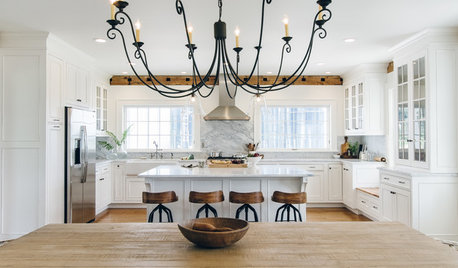
WHITE KITCHENS4 Dreamy White-and-Wood Kitchens to Learn From
White too bright in your kitchen? Introduce wood beams, countertops, furniture and more
Full Story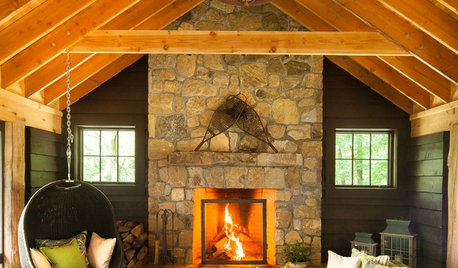
HOUZZ TOURSHouzz Tour: Laid-Back Comfort in the New York Woods
Expanded for a family, this unpretentious cabin puts a fresh face on rustic sensibility
Full Story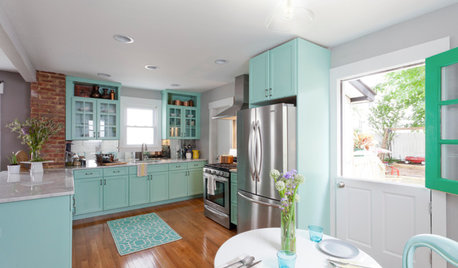
ECLECTIC HOMESHouzz Tour: Rebooting a 1930s Bungalow in 3 Days
A design team mixes old and new to upgrade a computer science teacher's home in a flash
Full Story
HOME OFFICES8 Twists on the Guest Room-Office Combo
In these clever spaces, the TV or computer can play while company's away
Full Story





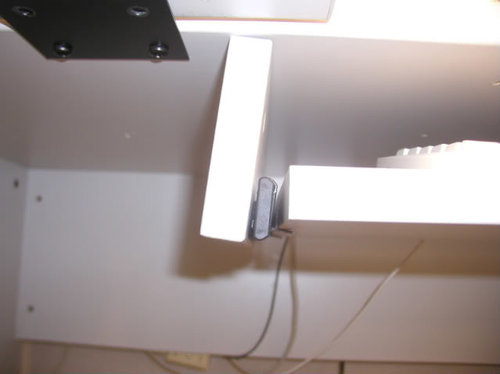



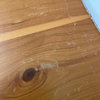



MongoCT
User
Related Professionals
West Freehold Cabinets & Cabinetry · Carol City Carpenters · Tucson Carpenters · American Fork Flooring Contractors · Cutlerville Flooring Contractors · Freeport Flooring Contractors · Livonia Flooring Contractors · Monroe Flooring Contractors · Sachse Flooring Contractors · Taunton Flooring Contractors · Brooklyn Furniture & Accessories · Frisco Furniture & Accessories · Jacksonville Furniture & Accessories · Wichita Furniture & Accessories · Asheville Furniture & AccessoriesJon1270
jayjay_teacherOriginal Author
mogator88
jayjay_teacherOriginal Author
jbranch
bobismyuncle